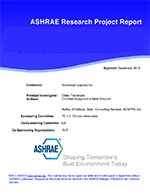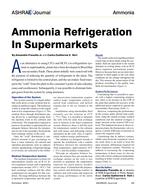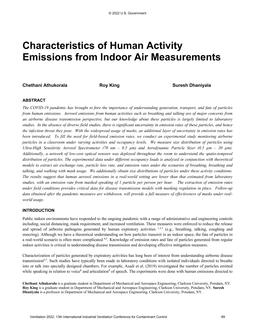Upper-room ultraviolet germicidal irradiation (UVGI) holds the promise of greatly lowering the concentration of airborne organisms in the lower part of the room and thereby controlling the spread of airborne infection among occupants. The determinants of effectiveness in clearing the lower room air of infectious organisms are the UV irradiance in the upper air, the rate of air mixing between upper and lower zones, and the specific susceptibility of a microbe to UVGI. The germicidal dose is the product of irradiance times duration, and the two components are mutually interchangeable within wide limits. Control of eye exposure to UVGI, to avoid irritation, places practical limits on irradiance levels in occupied rooms, and room air circulation patterns govern irradiation time. Therefore, there must be careful consideration given to the placement of upper-room UVGI fixtures in relation to room geometry and ventilation mode to obtain maximal microbial destroying efficacy. Efficacy can be demonstrated and quantified by calculating the number of additional air changes that would have been required to obtain the same clearance rate of viable microbes that was produced by the installed UVGI alone. For normally ventilated rooms, the air exchange equivalent of well-installed upper-room UVGI is in the range of 10 to 20 air changes per hour for tubercle bacilli.
Units: SI
Citation: Symposium, ASHRAE Transactions, vol. 105, pt. 1
Product Details
- Published:
- 1999
- Number of Pages:
- 8
- File Size:
- 1 file , 1 MB
- Product Code(s):
- D-7600


